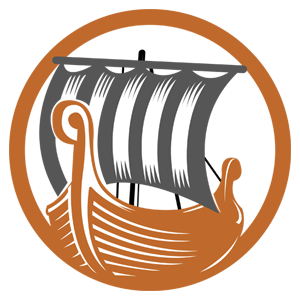The first time I heard Buenos Aires described as the Paris of South America, a desire inflamed my brain to travel there. A cosmopolitan city of immigrants, home of the tango, and the land of the romantic Cowboy Guachos. what’s not to like. Full disclosure: As much as I loved Buenos Aires, it was my least favorite destination in Argentina. In other words, enjoy Buenos Aires, but remember, Argentina has so much more to offer.
First Day
Our local guide picked us up at our hotel in Recoleta, a trendy downtown area. We began with the Recoleta Cemetery where there are thousands of





Tango
We attended the requisite tango show at
Museum of Decorative Arts
Located in an aristocratic mansion from the early 1900s, this impressive architecture and collection the Errazuriz family amassed are truly eclectic and remarkable. Best of all, public museums in Buenos Aires are free of charge.

San Antonio de Areco Estancia Day Trip
The
We were picked up promptly for our trip to San Antonio de Areco which is about an hour and a half ride northwest of Buenos Aires. We were greeted with a welcome wine/beer drink and empanadas under shady trees with a view of the cattle and horses. After a small tour, we were fitted for a short horseback ride–very tame, appropriate for almost anyone. An alternative for reluctant riders is a wagon ride.
Seated at communal picnic tables, I experienced my Asado onslaught–a barbecue that consists of beef, pork, chicken and chorizo cooked over a grill called a parrilla. And the courses kept coming! Even though I was circumspect about portion control, I vowed to never eat again.
The entertainment included a folklore show with dancers and a horse whisperer who displayed supernatural powers of persuasion (almost inappropriate) with his horse.
Along with this multifaceted experience, the history of gauchos poured out and enlightened me as to the significance of the culture. The nomadic horseman who roamed the Pampas and migrated from estancia to estancia is an essential element of the Argentinean culture. Their dramatic dress with the baggy trousers tucked into their leather boots along with the jaunty beret and colorful scarf and poncho seem less rugged than our Southwestern counterpart. Heavily romanticized, the culture has obviously changed since the advent of technology and the 21st Century, but the gaucho lifestyle can still be observed today. What I can testify to is how widespread the Argentinian steakhouses are.






